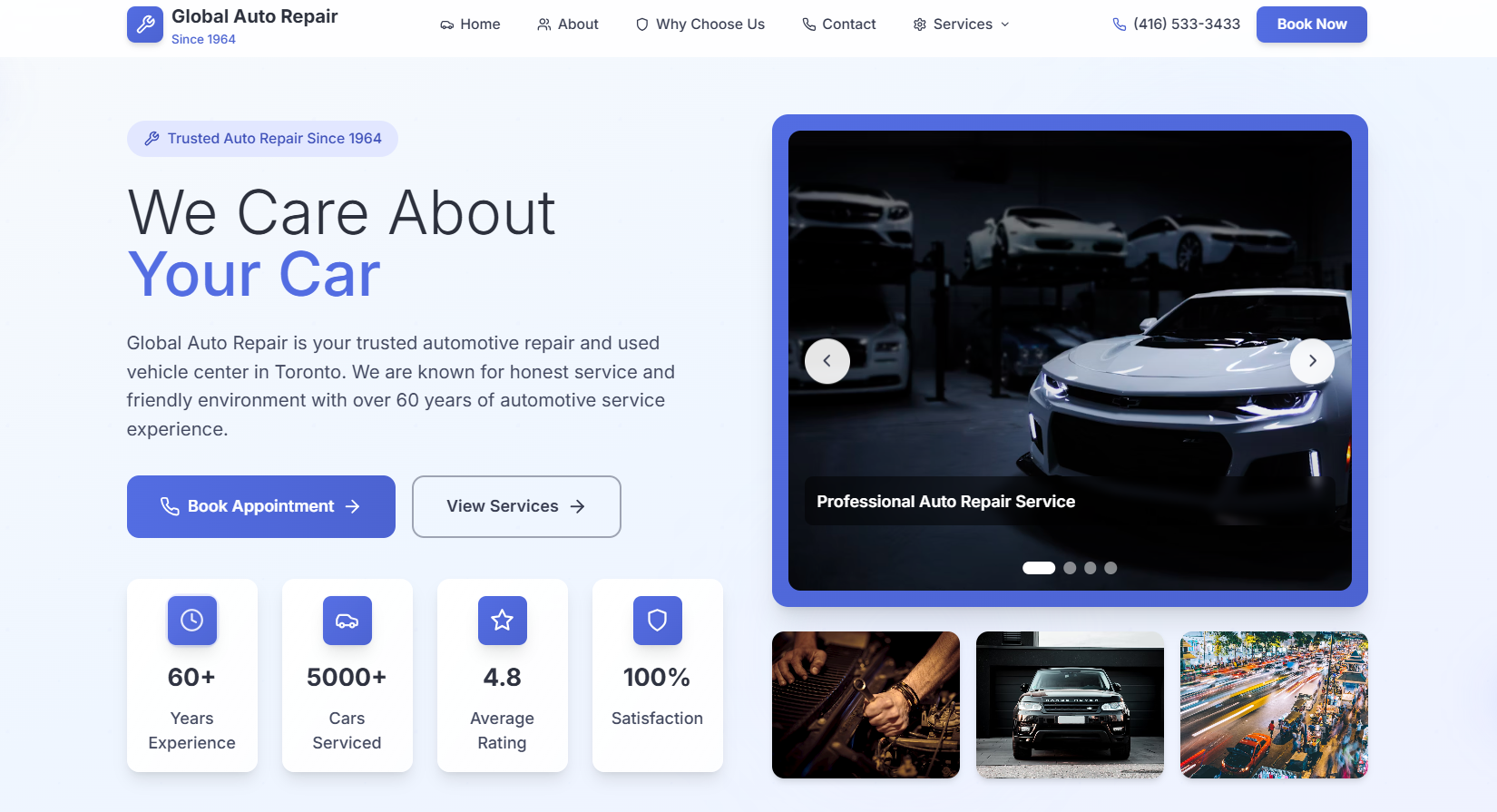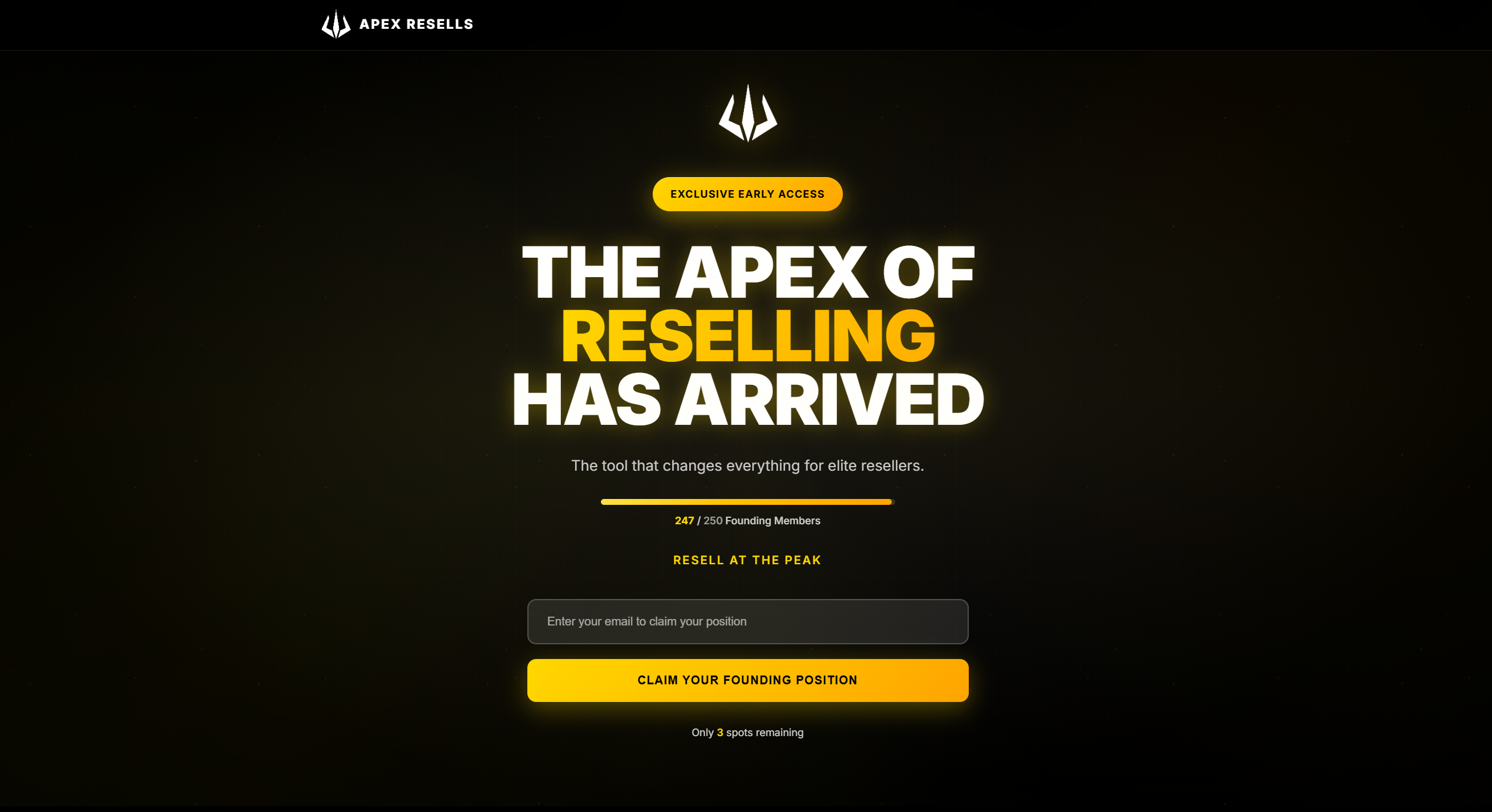Building AI applications that can scale from a proof-of-concept to production systems serving millions of users requires careful architectural planning and adherence to proven patterns.
Architecture Fundamentals
The foundation of any scalable AI application lies in its architecture. Modern AI systems require a microservices approach that separates concerns and allows for independent scaling.
Core Components:
- Model Serving Layer: API endpoints for model inference
- Data Pipeline: Real-time and batch data processing
- Model Registry: Version control for AI models
- Monitoring System: Performance and accuracy tracking
Scalability Patterns
Implementing the right patterns from the start can save significant refactoring work later.
Horizontal Scaling
Design your AI services to be stateless and horizontally scalable. This allows you to add more instances as demand increases.
Model Caching
Implement intelligent caching strategies to reduce inference latency and computational costs.
Async Processing
Use message queues for time-intensive AI operations to maintain responsive user interfaces.
Performance Optimization
Optimizing AI applications for performance involves both model-level and infrastructure-level improvements.
"A well-optimized AI application can handle 10x more requests with the same infrastructure investment."
Model Optimization Techniques:
- Model quantization for reduced memory usage
- Knowledge distillation for faster inference
- Dynamic batching for improved throughput
- Model compilation for hardware-specific optimization
Monitoring and Observability
Production AI systems require comprehensive monitoring to ensure reliability and performance.
Key Metrics to Track:
- Inference latency and throughput
- Model accuracy and drift detection
- Resource utilization (CPU, GPU, memory)
- Error rates and failure patterns
Best Practices
After building numerous AI applications, we've identified these critical best practices:
- Start Simple: Begin with the simplest solution that works
- Measure Everything: Instrument your application from day one
- Plan for Failure: Implement graceful degradation and circuit breakers
- Version Everything: Track models, data, and code versions
- Test Continuously: Automated testing for AI systems is crucial
Building scalable AI applications is both an art and a science. By following these patterns and practices, you can create systems that not only work today but can evolve with your business needs.


